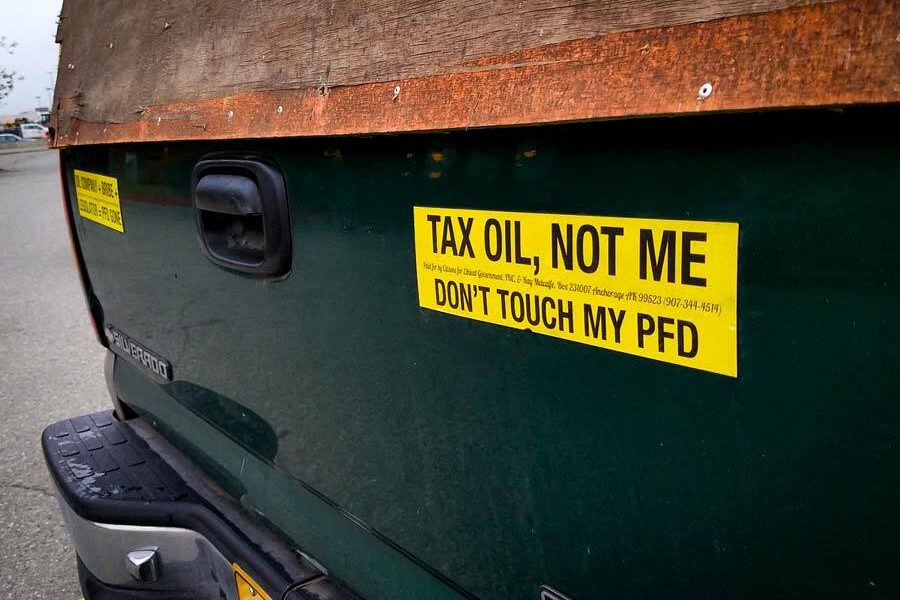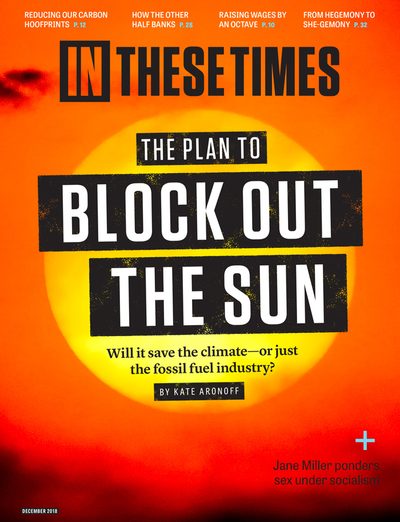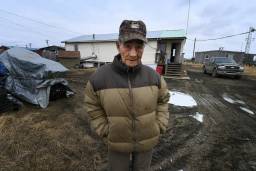For 40 Years, Alaska Has Modeled a Universal Income. Now That’s in Peril.
Is the way to save the dividend through taxing the rich or slashing state services?
Yereth Rosen

On September 29, at the third annual PFD Travel Fair, travel companies set up booths to tempt Alaskans with ways to spend their Permanent Fund Dividend (PFD) — their payout from the state’s famous oil-wealth fund. This year’s PFD amounted to $1,600 per resident. Vendors hawked local glacier-viewing tours and South Pacific vacations. A band played bluegrass favorites. Alaska Airlines gave out sugar cookies.
The Alaska Permanent Fund, now worth $65 billion, is a sovereign wealth fund, a government owned investment fund intended to benef it citizens. These funds exist mostly in oil-rich places like Norway, Kuwait and Alberta, and are used as savings accounts or to fund government operations. Alaska’s is the only one to make direct payments to citizens. Almost all residents, including children, are eligible.
The Permanent Fund was established by a state constitutional amendment in 1976, just before oil began flowing down the trans-Alaska pipeline. The PFD program, begun six years later, injects cash into the economy (about $1 billion in 2018), and many business hold special PFD sales. The payouts are used for college savings — Alaskans can earmark half or all of their annual dividends into a University of Alaska-affiliated savings plan— retirement accounts, charity donations and, for many, basic expenses. Studies show it has reduced the state’s poverty rate.
Outside of Alaska, the PFD has gained attention as an example of the benefits of a universal basic income.
The PFD is the product of a particularly Alaskan philosophy — an egalitarian and, some say, socialist streak that regards the state’s natural resources as commonly owned. “The dividend concept is based on Alaska’s Constitution, which holds that Alaska’s natural resources are owned, not by the state, but by the Alaskan people themselves,” wrote Jay Hammond, the Republican governor credited with creating the dividend, in his 1994 memoir, Tales of Alaska’s Bush Rat Governor.
Now Alaskans are grappling with profound questions about the dividend’s future and, by extension, the state’s. Two years before the dividend began, when Alaska was awash in new oil money, legislators abolished Alaska’s income tax. Now those heady oil-boom days are over, leaving massive holes in the state budget.
The annual dividend announcement used to feature a televised envelope-opening ceremony, where the revenue commissioner or governor would reveal on live television how big the year’s PFD would be. But that turned subdued in 2016, when Gov. Bill Walker (I) held a press conference to explain why — with a $4 billion budget deficit — he felt obligated to veto half of the dividend payout, leaving just $1,022 per Alaskan. The following year’s dividend was $1,100, well below the 2015 peak of $2,072.
This year, for the first time, the legislature dipped into Permanent Fund earnings to pay government operating expenses. As a compromise, lawmakers agreed to modestly increase the dividend, to $1,600. There was no envelope ceremony.
The dividend changes have shaken Alaska politics. Walker’s decisions, some experts say, gutted his approval ratings. On October 19, he dropped out of this year’s gubernatorial election. Some Alaskans, mostly on the Left, want to reinstate the income tax to shore up the state’s coffers and keep the PFD strong, arguing that dividend reductions hurt the poor the most. Another group, representing a range of political perspectives, believes dividend cuts are a tough but necessary part of moving Alaska away from its perilous oil-money dependence.
Many on the Right agree with the Left’s desire to protect the PFD, but instead of supplementing the budget with an income tax, they argue for slashing state spending.
In this last group is Republican Mike Dunleavy, running for governor against a Walker-endorsed Democrat. “Bill Walker raided the Permanent Fund and took half of your PFD to pay for bloated state budgets,” Dunleavy’s campaign website says. “The PFD belongs to you and your family — not to him.”
Scott McMurren — the longtime newspaper columnist and travel expert who organized the PFD Fair — acknowledges that Alaskans are facing tough choices. But among many Alaskans, he says, “there’s a sense of, I think, feeling entitled to the dividend without a corresponding sense of responsibility to our state, our infrastructure, our children, the arts. … If all you eat is cookies and ice cream, well, after a while your guts are going to rot.”








